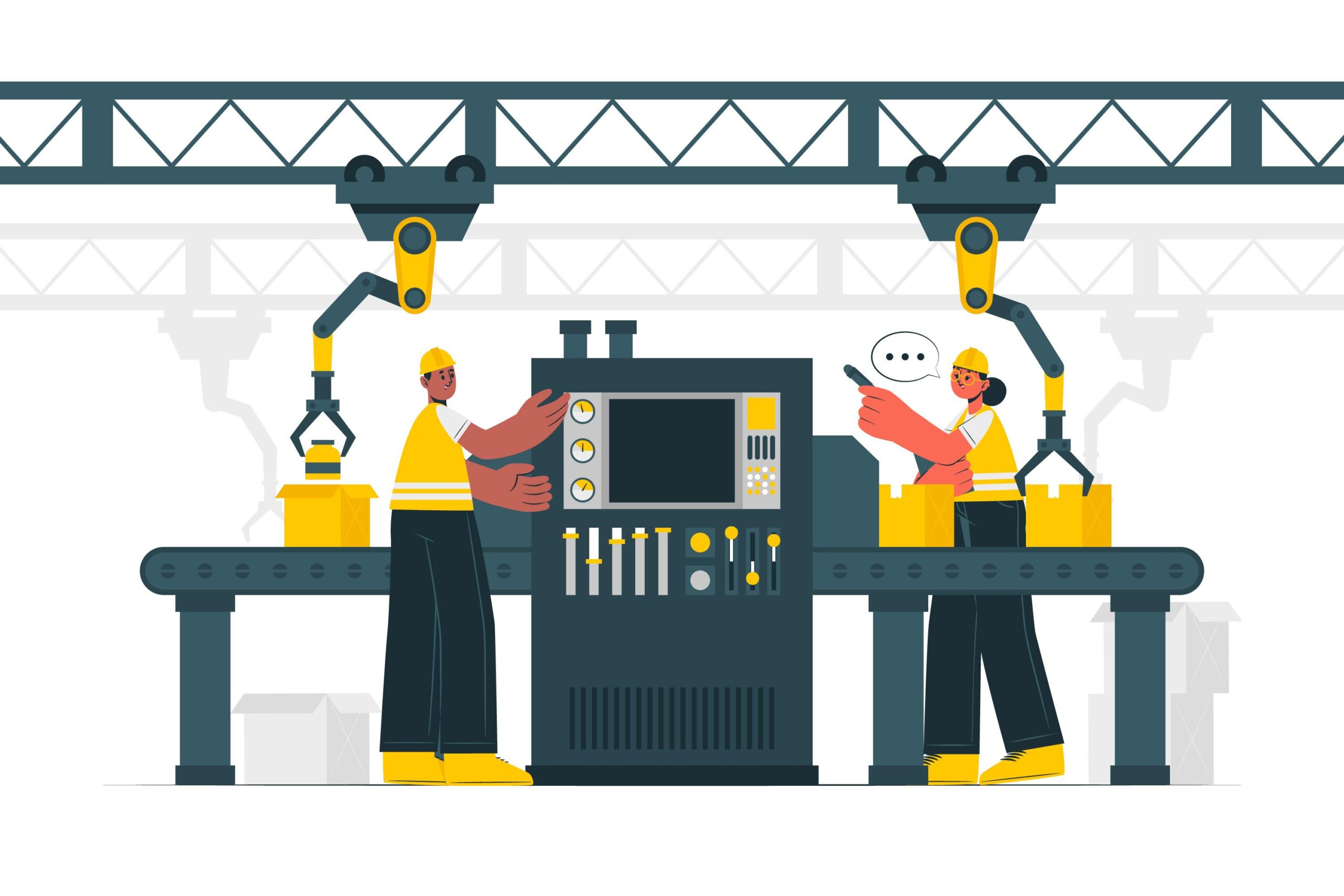Google Ads: Automatically Created Assets
As Google Ads grows and expands its capabilities one of their big focuses has been to create automatic systems so that advertisers don’t have to spend as much time making decisions and monitoring. We have seen automatic bidding and smart campaigns, now comes automatic asset creation.
What are Automatically Created Assets?
These new automatically created assets are headlines and descriptions developed by Google’s AI for advertisers’ responsive search ads.
According to Google, “These new assets are generated based on your ad’s unique context, which includes your landing page, existing ads, and keywords in your ad group.”
This is an opt-in feature that many advertisers have a lot of thoughts on. Though not all of the thoughts are positive, let’s start with the pro’s of Google’s automatically created Assets.
Pros of Google’s Automatically Created Assets
Google believes that it will cut back the manual labor for advertisers, increase performance of responsive search ads by running more copy, and create a cohesive user experience across campaigns and landing pages.
Ads perform best when they have keywords in their headlines and descriptions. When setting up ad groups and ads, ideally the keywords will correspond with each other within an ad group allowing advertisers to add those keywords into the headlines. However, sometimes keywords can be contradictory, preventing advertisers from adding that keyword to a headline.
Let’s take a look at a simple example. Sally sets up an ad group to sell t-shirts. She adds keywords, “pink t-shirt” and “blue-tshirt”, but she is hesitant to add these keywords as headlines because she doesnt want someone searching for a blue t-shirt to be fed an ad with the headline “Pink T-shirts for Sale”.
When using automatically created assets, if an ad is triggered by the keyword “blue t-shirt” then a headline using that keyword like “Best Blue T-Shirt Deal” can appear. Google will use your provided headlines, descriptions, and keywords to create the best assets for the searchers so you don’t have to.
Furthermore, as campaigns evolve and keywords and landing pages change, Google’s automatically created assets will adjust to match the new content. This will cut back the time advertisers spend adjusting their creative as campaigns take on new life.
As the campaigns optimize, google will automatically show the best performing assets and remove underperforming assets so you don’t have to.
All that being said, not everyone views google’s automatically created assets as sunshine and rainbow. Some advertisers are even strongly against it.
Cons of Google’s Automatically Created Assets
Right off the bat, when using Google’s automatically created assets, advertisers have less control over what creative is being shown and when.
One of the arguments for using automatically created assets is that it cuts back on the time advertisers have to spend on optimizing their campaign. Ironically, unless you are someone who wholeheartedly trusts Google, (we are not), the time that is saved upfront in creating assets is then lost when you have to monitor the creative that Google is showing. Advertisers are able to remove individual assets that are created but this process can take time.
In that same vein, how frequently are you going to be removing assets? How accurate are the assets that google is creating?
Some advertisers have gone so far as to say the assets created are nonsensical and the tool has a long way to go before it becomes reliable.
Thus it is important for any account manager to add “go through automatically created assets” to their weekly checklist.
If you are thinking about running automatically created assets, some questions to ask yourself include:
- Am I okay with having headlines and descriptions run that I don’t fully approve of, even if it’s for a short period of time?
- Do I have the bandwidth to add “go through automatically created assets” to my weekly checklist?
Even if you are confident in Google’s AI capabilities it is always a good idea to run a couple of tests to make sure that this feature works for you and your campaigns. Best to use a test budget instead of your full campaign budget, incase the results aren’t everything that you are hoping for.
Summary
Google’s automatically created assets are headlines and descriptions generated based off of a campaigns landing pages, keywords and already created copy. These assets are meant to optimize themselves, provide relevant content for searchers, and reduce the amount of time advertisers spend on an account.
However, Google’s AI capabilities don’t quite reach many advertisers standards, thus requiring involved maintenance and upkeep of the assets. Many Advertisers have instead decided to not opt-in to automatically created assets all together.
If these new tools worked flawlessly we would be all on board, but it seems there are still hiccups that google needs to work through. That being said, it is up to each advertiser to test it out for themselves and decide if it is a good fit for their company!

